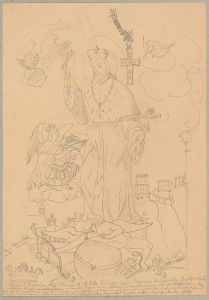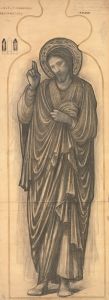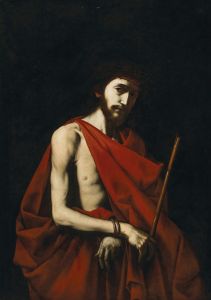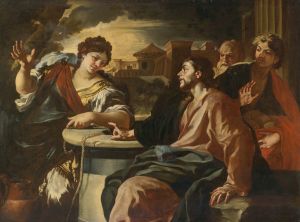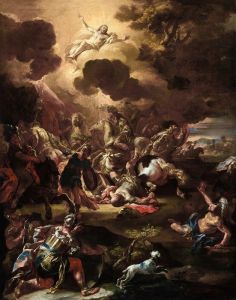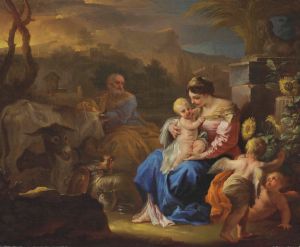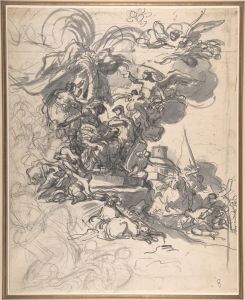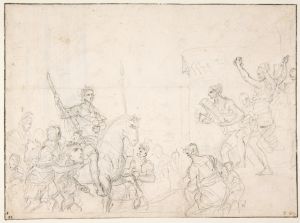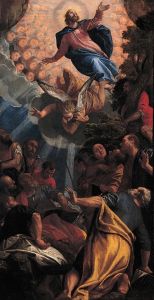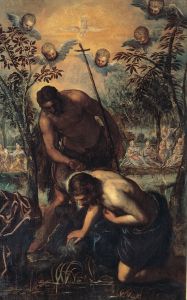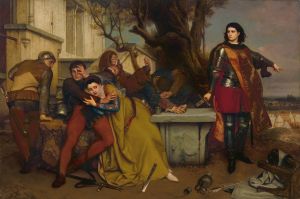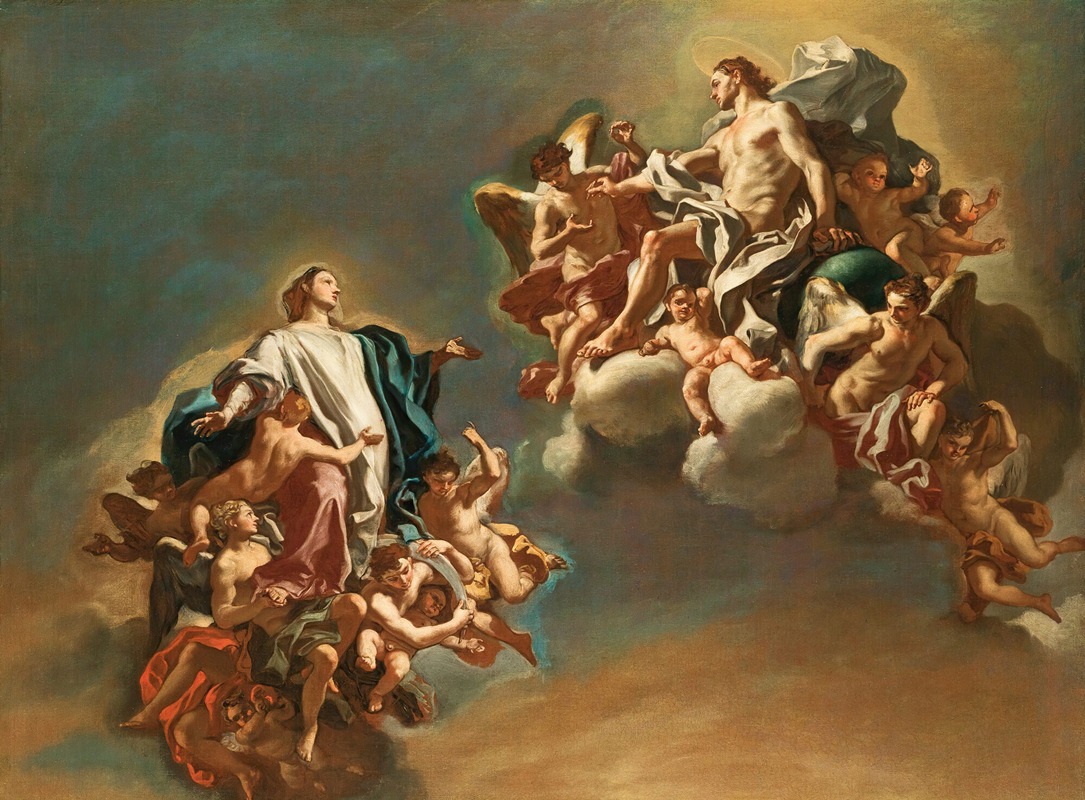
The Assumption Of The Virgin
A hand-painted replica of Francesco Solimena’s masterpiece The Assumption Of The Virgin, meticulously crafted by professional artists to capture the true essence of the original. Each piece is created with museum-quality canvas and rare mineral pigments, carefully painted by experienced artists with delicate brushstrokes and rich, layered colors to perfectly recreate the texture of the original artwork. Unlike machine-printed reproductions, this hand-painted version brings the painting to life, infused with the artist’s emotions and skill in every stroke. Whether for personal collection or home decoration, it instantly elevates the artistic atmosphere of any space.
Francesco Solimena's The Assumption of the Virgin is a Baroque painting that exemplifies the dramatic and dynamic style characteristic of the period. Solimena, an Italian painter born in 1657 and active primarily in Naples, was one of the most prominent artists of his time. He was known for his grand compositions, rich color palette, and theatrical use of light and shadow, all of which are evident in this work.
The painting depicts the Assumption of the Virgin Mary, a subject rooted in Christian theology and tradition. According to Catholic belief, the Virgin Mary was assumed body and soul into heaven at the end of her earthly life. This theme was a popular subject in Baroque art, as it allowed artists to explore celestial and earthly realms, often filled with dynamic movement and emotional intensity.
In The Assumption of the Virgin, Solimena portrays the Virgin Mary being lifted into heaven by a host of angels. Her figure is typically shown in a radiant and elevated position, emphasizing her divine purity and grace. Surrounding her are cherubs and angels, their forms swirling in a composition that conveys a sense of upward motion. The use of light is particularly striking, with a divine glow illuminating Mary and creating a stark contrast with the darker tones of the earthly figures below. This interplay of light and shadow enhances the spiritual and dramatic impact of the scene.
Solimena's work reflects the influence of earlier Baroque masters, such as Peter Paul Rubens and Luca Giordano, while also showcasing his own distinctive style. His ability to combine intricate detail with a sense of grandeur made him a sought-after artist for religious commissions. Paintings like The Assumption of the Virgin were often created for churches or private patrons, serving both as devotional objects and as displays of artistic achievement.
The exact date of this painting is not definitively documented, but it is consistent with Solimena's mature period, during which he produced many large-scale religious works. Today, The Assumption of the Virgin is recognized as a testament to Solimena's skill and his contribution to the Baroque tradition in Italian art. Further details about the specific location or commission of this painting may not be readily available, as records from the period are sometimes incomplete.





